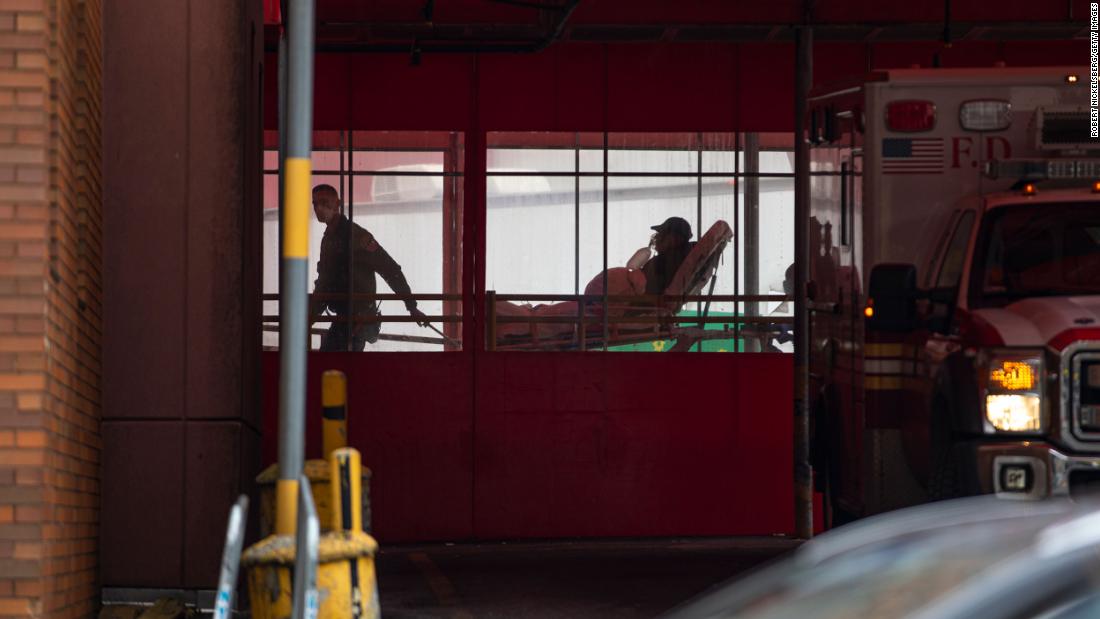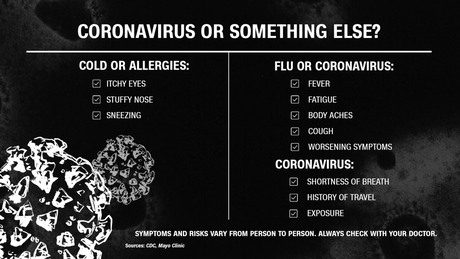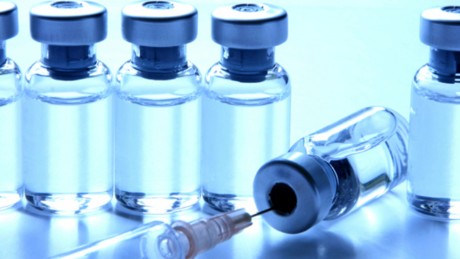A sudden jump in infections could lead to a ‘second peak’
“We may get a second peak in this way,” said Dr. Mike Ryan, executive director of WHO’s Health Emergencies Programme on Monday.
A second peak wouldn’t unfold as neatly or gradually as a wave. A new peak would mean a sudden spike in cases, which could overburden health care systems again and possibly cause a greater number of deaths. The second peak could be worse than the first.
Whether we see that rapid rise in cases in the fall depends on what we do now.
What a second peak could look like
In a second peak scenario, coronavirus cases would spike sharply and quickly until they reach a new high, likely after a period when the rate of infection remained fairly stable.
But in both a second peak scenario and one in which we “flatten the curve,” the same number of people could be infected. It’s the timing that counts.
A second peak would mean that many more people are infected with coronavirus at the same time, and during flu season, which would overburden health care systems.
“The only real reason to try and dampen these peaks are to prevent preventable deaths, so that the health care system can take care of everyone who needs it and give them the best possible chance at a healthy outcome,” Kelen, who specializes in emerging infections, told CNN.

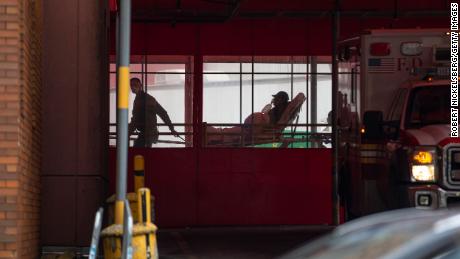
Hospitals could become overwhelmed again during a second peak of coronavirus. Here, on March 30, two New York firemen wheel a patient with coronavirus through Elmhurst Hospital Center in Queens, where doctors and nurses were inundated with Covid-19 cases.
Why it’s dangerous
Like Kelen said, a peak would see a large jump in preventable deaths, and not just in Covid-19 patients.

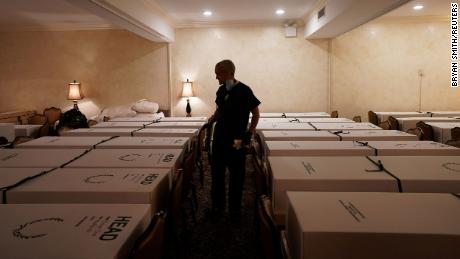
A second peak of coronavirus could lead to more preventable deaths. This New York funeral home, pictured in April, was already overwhelmed with the dead in the first wave of the disease.
Flu mortality is low — assuming 56 million people were infected with the flu this season and 62,000 of them died, the death rate is still 0.1%. In the US, where more than 1,680,000 people have been infected and nearly 100,000 have died, the death rate is closer to 5.9%.
“From a healthcare point of view, flu season is usually a very difficult time because there are so many sick people,” Kelen said. “Flu season in the face of Covid-19 — that’s going to be a real challenge.”
“Covid-19 is too contagious,” Schaffner said. “We anticipate that this fall will be a great struggle with influenza and, in addition, Covid.”
When it will happen and how severe it will be
Both depend on how quickly we ease up on coronavirus restrictions.
A second peak is likely to occur during the fall or late winter to coincide with flu season.
But if states snap out of pandemic mode now, reopening on a large scale and largely returning to pre-coronavirus life, the surge in cases could occur as early as late June. The US isn’t prepared for a resurgence that soon, Kelen said.
“It would be unmanageable,” he said.

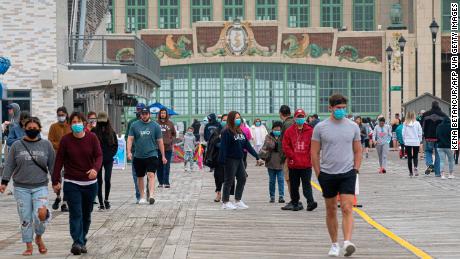
Businesses aren’t likely to close again like they did in the spring, but mass reopenings could mean infection rates jump up again.
Why it’s inevitable — and what we can do to dampen it
It’s just a matter of letting the disease “burn through society very quickly” over a few months or prolonging the time it takes coronavirus to spread, he said. The latter scenario buys some time for vaccine development and staggers the number of patients hospitals see so they won’t be overburdened.
“It sounds as though we’re in a locked room, wanting to get out,” Schaffner said. “The door out of that locked room, we hope, is a vaccine. But in the meantime, we can’t just be complacent.”
“The vaccine isn’t perfect, but it still can prevent many infections and make other infections less severe,” Schaffner said.
We know what we’re up against come the fall. Both doctors said it’s unlikely that businesses will close en masse again like they did in the spring, and more communal places like schools and places of worship will reopen. That, coupled with flu season, could make it easy for coronavirus to circulate in communities.
That makes the standard mitigation efforts — staying at home as much as possible, wearing a mask in public and maintaining at least six feet of distance — all the more important, Schaffner and Kelen said.
CNN’s Amanda Watts contributed to this report.
![]()


